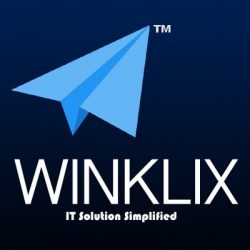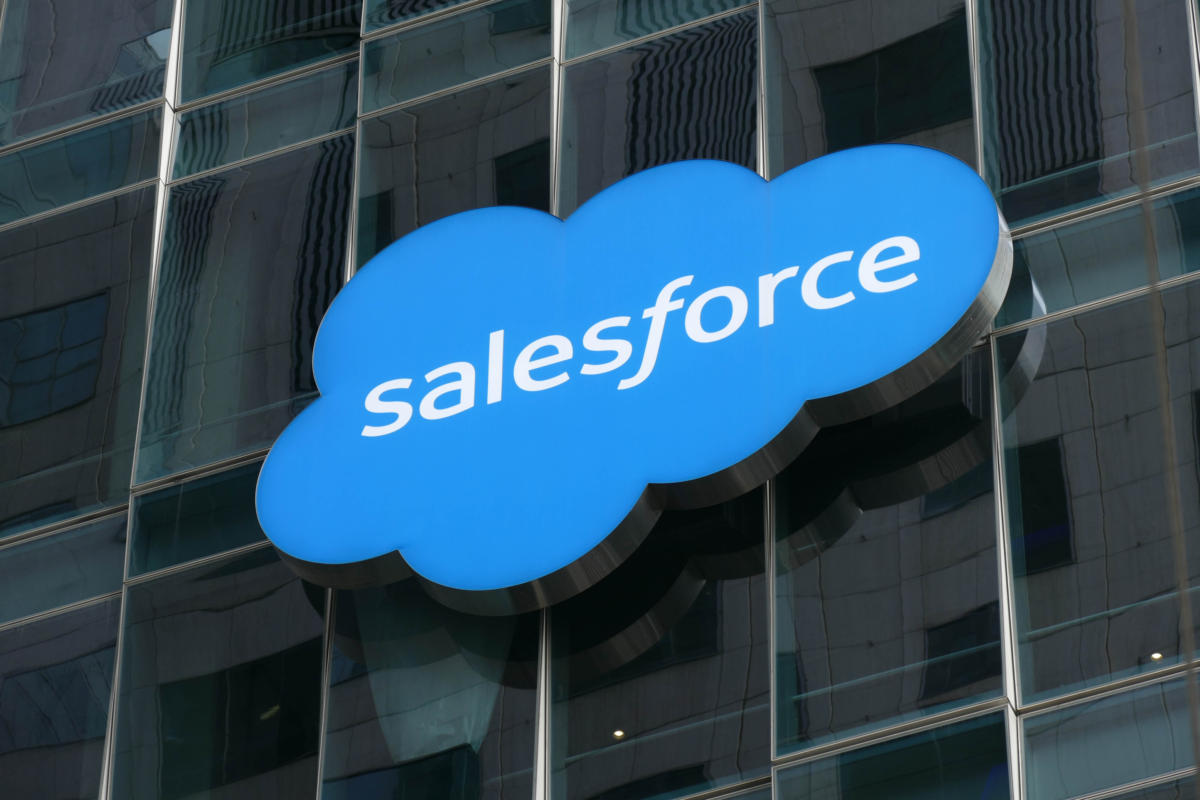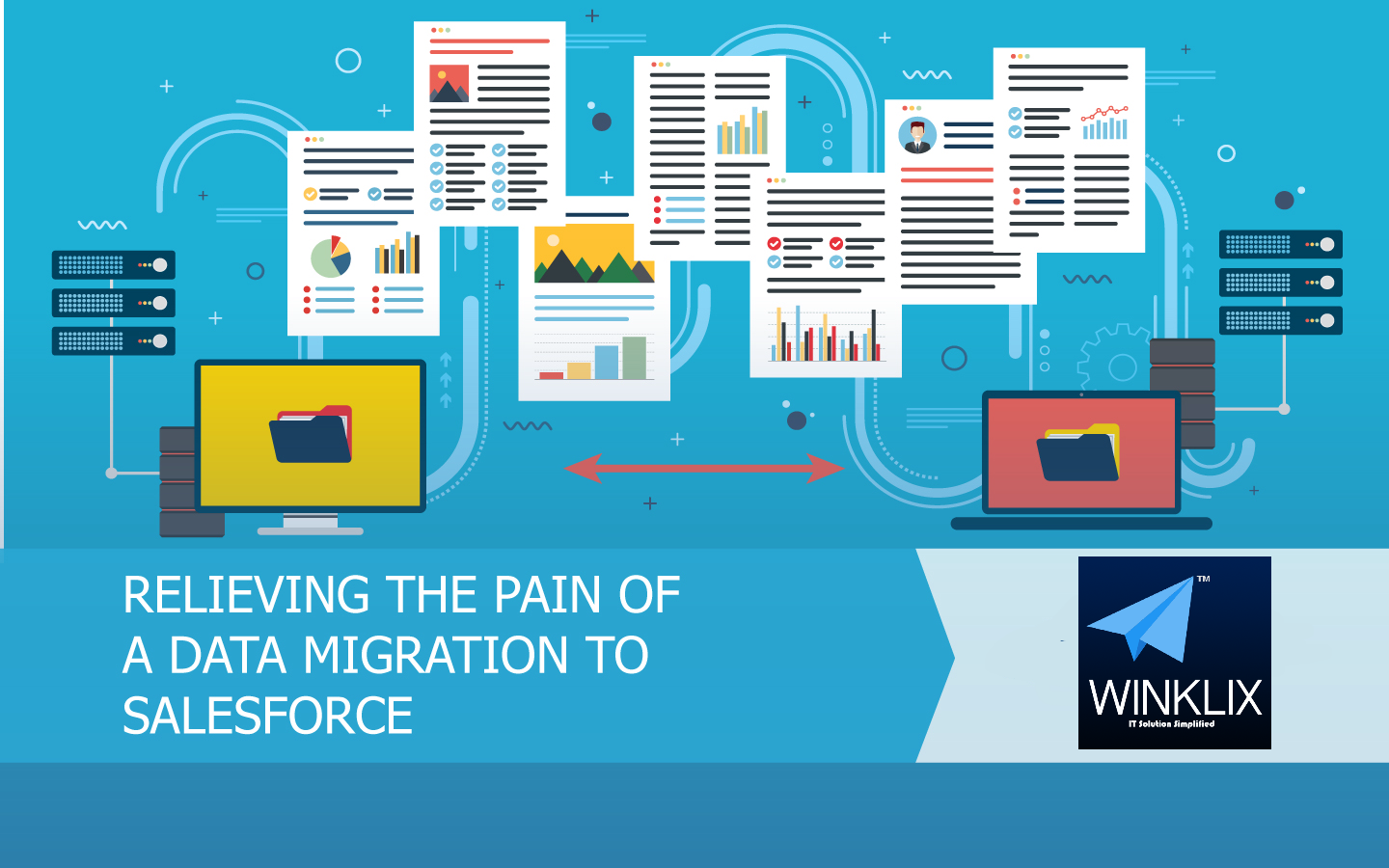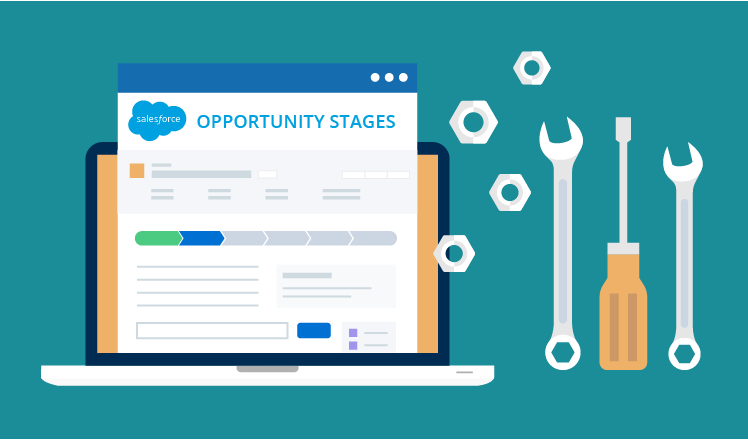Being a person who has been with the Salesforce environment for more than 10 years, I always dreamt of being a consultant. The opportunity to work on numerous Salesforce implementations for varied clients in a wide ranging business verticals allured me a lot. I really enjoyed the process of understanding how companies perform their business.
As a Salesforce customer, I was associated with various kinds of consultants, some were very good and others not very good. However, what I always marveled at was the depth and breadth of their Salesforce knowledge.
Understanding Salesforce from scratch
I began my association with Salesforce in 2008 when my VP of Marketing told me to find the team for new CRM. I assessed various products and zeroed in on Salesforce as the required solution. I swiftly got to know that the potency of the tool lay in the platform and the capability to create new functionality that wasn’t very innovative. To put it simply, I got convinced fully that I should forgo AVP title for pursuing Salesforce full time.
One Salesforce Administrator post resulted in another and then finally I ended up being in charge of all Salesforce products for a pan Indian, privately held company with numerous business units under a shade. My task was to work with these business units to learn their individual business requirements and then devise a tailored Salesforce solution for their group in a manner that also integrated their data with all of the other business units within the company. Consulting was a tough task and when the time was ripe to take my next step, I felt I was game for the change.
Willing to describe my journey
When I began my quest for the ideal Salesforce consulting shop, I spoke to a few different firms that I thought was a perfect fit for my requirement. As I talked to several prospective recruiters one sentiment cropped up inside my mind. It seemed that only those who were consultants previously were meant to be consultants. I mean it was the usual problem of not being able to gain experience till you already have experience.
Eventually, I lended up as a Solution Architect at a reputed entity — but it was not a cakewalk. So, if you experience similar kind of feeling and want to get into consulting, here are some valuable resume and interview tips:
Speak regarding your internal clients: Simply for the reason that the product owners or subject matter experts that you associate with are working in the same company as you, does not imply they are not your clients. You get additional points for speaking about tough as nails clients and the way you handled them.
Highlight your work with regard to projects: Salesforce is a continuously growing product and it might come across like one giant body of work, however, try to dissect those features that were made into individual projects and speak regarding the problems and successes that you achieved during those projects.
Speak about certain business woes: We very well understand that the Salesforce is an amazing tool but where it actually shines is in its capacity to simultaneously handle puzzling business issues and make the lives of end-users very convenient, so showcase those stories.
Highlight the numbers: You can speak about the amount of time saved by your Salesforce solutions or a certain dollar rate of new business wound up as a result of improved workflow. This explains lucidly why your solutions got a genuine ROI.
I am of the belief that these tips will help you get your next or maybe first Salesforce consultant. I am working as a Solution Architect with Winklix for a little more than a year now and it is a call I am really proud of. All the best.
Thanks ,
Mithitesh
Salesforce Consultant
Winklix




